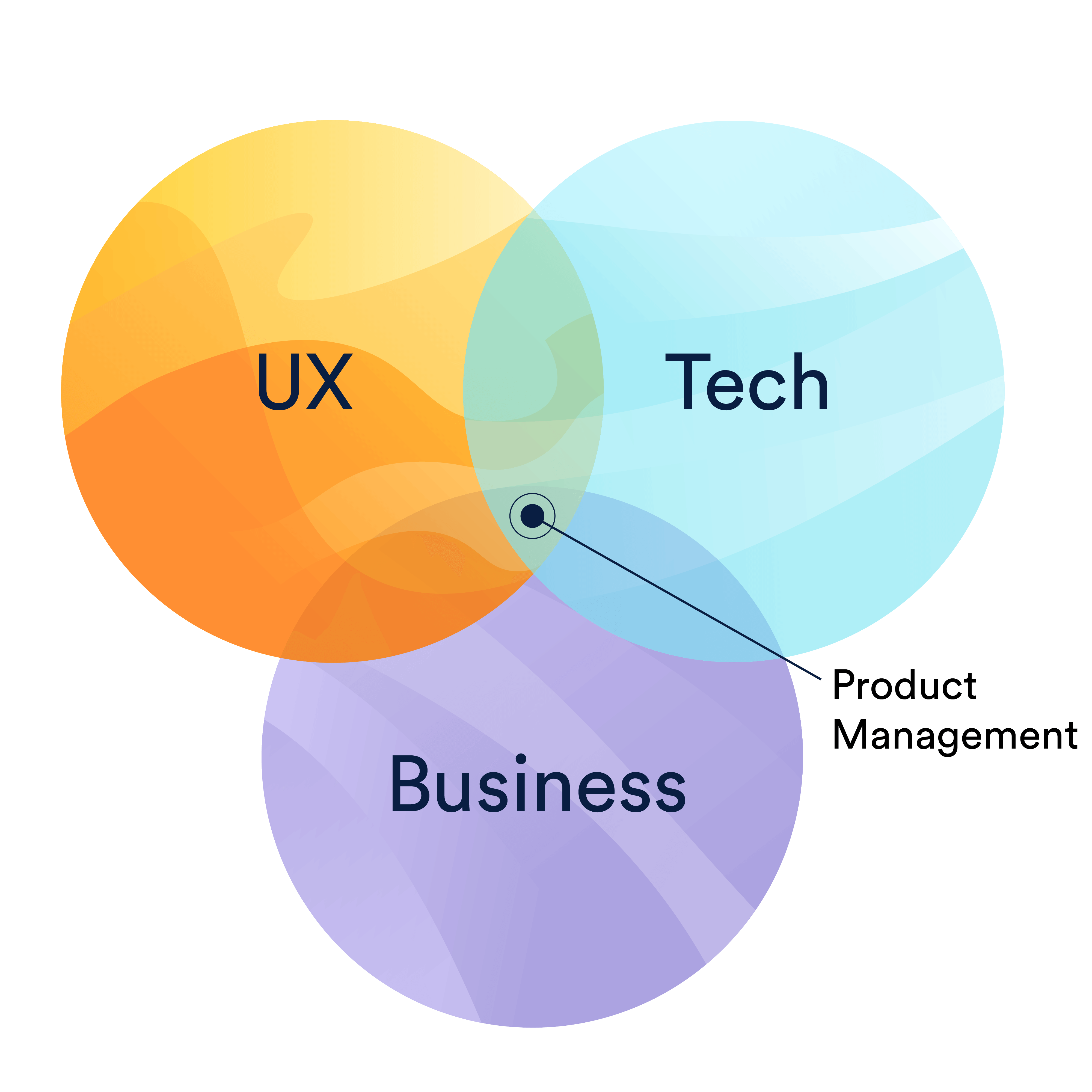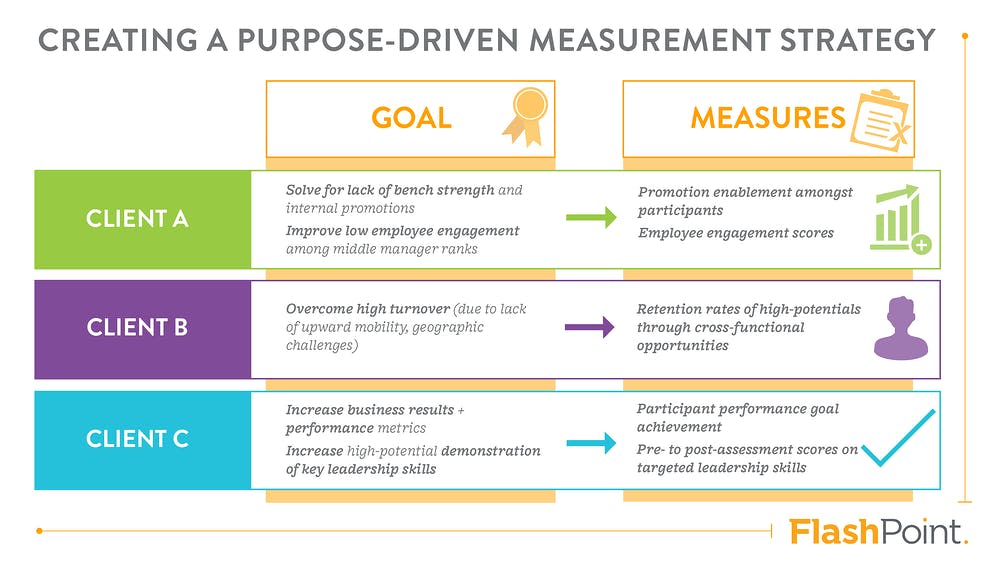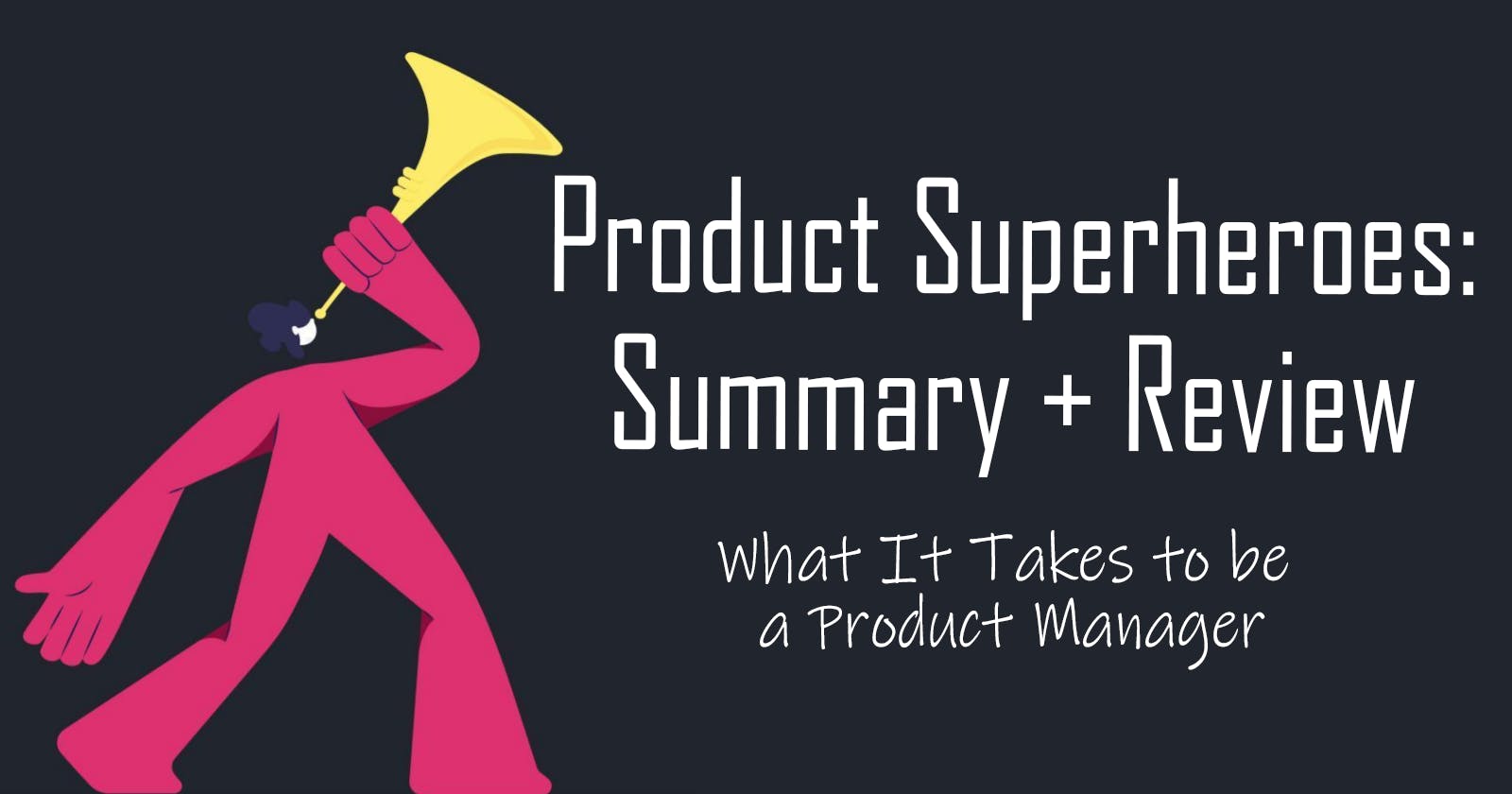Product Superstories: What It Takes to be a Product Manager
A review of the incredible Product Superstories book created by Megha Pathak & ProductFolks Team
Hello everyone, over the weekend, I read the ebook Product Superheroes. This book features a collection of interviews from 12 product leaders. Many insightful and thought-provoking conversations with these product leaders inspired me to write this article, where I summarize the key takeaways from this book.
Note: There's a lot to cover in this book. My summary is just scratching the surface of its amazing content. I highly encourage you to read for yourself. Get it here.
What is a Product Manager?
Before we get into the juicy parts of the book, I want to clarify the roles and responsibilities of a product manager (PM).
According to this book, a PM is considered as the "CEO of the product". As a PM, the product is like your kid. You have to take care of it, nurture it, and help it grow. Hence, a PM's responsibilities includes managing stakeholders, identifying customer needs and balancing trade-offs among UX, tech and business goals to maximize value for the company.
 Image from: wac-cdn.atlassian.com/dam/jcr:84dd83c0-f954..
Image from: wac-cdn.atlassian.com/dam/jcr:84dd83c0-f954..
Preparing to be a PM
This book is especially useful for anyone who is thinking for pursuing a role to become a Product Manager. Some useful resources listed below are the ones mentioned in the book to help one prepare for the role.
Reading Resources (books):
- Cracking the PM interview
- Decode and Conquer
Online Resources (sites/courses):
- Understanding the growth funnel: julian.com/guide/growth/intro
- Understanding data analysis: help.amplitude.com/hc/en-us/articles/115000..
Guide to user research: docs.google.com/document/d/1ighVrAFSUMQNpz4..
Improve customer retention: akshaypruthi.com/post/stuck-on-your-product..
Learning how to Learn: coursera.org/learn/learning-how-to-learn
- Learn PM with me: learnpmwith.me
Auditory Resources (podcast):
- The Pitch, Freakonomics.
Tips
Besides referencing the resources above, the PMs in the book also mentioned these following tips to break into Product Management.
Get real experiences
Part of the journey to becoming a PM is to look for internships and opportunities to gain real-life experiences in the role itself. This book mentioned AngelList and other similar forums as a starting point. They usually have a lot of PM roles open.
Talk to as many customers as possible
As mentioned before, one of a PM's responsibilities is to identify customer needs and understand how your product can solve their problem. Hence, the most critical problem statements and even the solutions can stem from having conversations with your users. Even if you're currently not a PM, this is good practice and habit to build as you transition and prepare for the role.
MBA is just a maybe, most importantly...
Apparently there has been a lot of debates and discussions whether obtaining an MBA is necessary to be a good PM. One of the product leaders in this book, Abhirup Bhabani, mentioned that while his MBA has helped him succeed in the role, he has met some of the best PMs who made huge impact without the degree.
Most importantly, he said to go and build products. On the job, PMs usually work to improve a product but as a side hustle, they love building side projects, especially when they first started the role.

Image from: cdn-media-1.freecodecamp.org/images/1F1vls0..
Rewrite your CV
If you are a tech person transitioning to PM, your tech CV will not impress the recruiter at all. Showcase your abilities to go above and beyond in taking ownership of a product, have a product thinking rather than technical thinking mindset.
Characteristics of a great PM
One of the highlights of this book I enjoyed was reading about the different experiences each product leader went through in their respective fields. From their stories, I concluded a few key takeaways on what it takes to be a great PM, and here they are.
1. Self-learning master
"Learning on the job" is what most of the product leaders in this book have talked about as a part of their experiences. As a PM, it is essential to be continuously be curious and willing to learn new things.
 Image from: qaspire.com/wp-content/uploads/2019/01/95_t..
Image from: qaspire.com/wp-content/uploads/2019/01/95_t..
What differentiates leaders in PM from new PMs is that they have learned not only how to solve problems, but also how to solve for patterns. Looking for patterns and trends within the industry, competitors and customers is crucial to gain insights on the growth of your product.
Being a self-learner also means that you want to be as experimental and explorative as possible. As a start, create and build own products through side projects. Learning through experiences defines a PM's ability to learn from mistakes fast and adapt their products quickly according to the market.
2. Big-Picture and Business Intuition
A PM must be business-minded in order to understand how to launch products that the market wants. In order to do that, they need to have a deep understanding of their products and the market so that they can make the best decisions after considering the trade-offs.
Some questions they often think about:
- Where will your product lie five years down the line?
- How will it tie up to the company’s OKRs (Objectives and Key Results)?
In their big-picture thinking, they need to focus on:
- Setting relevant goals for their teams and stakeholders
- Rely on data to gain insights, measure key metrics
- Launch products fast (don't lag behind competition)
- Understanding long-term strategy, marketing, analytics, etc
- Providing value product to customers
- A/B Testing, see what features to keep/add, and what to remove
 Image from: businessthinking.com/sites/default/files/Da..
Image from: businessthinking.com/sites/default/files/Da..
Some most important things to note when adding features suggested by customers, according to John Cutler from Amplitude:
- Don’t build all the stuff that the customers ask for
- Don’t ignore the request at the same time
- Acknowledge the request, put it in the context of how you think about the product, and then use it as a kernel of information
3. Always Stay Up-To-Date
As PMs, it is necessary to:
- Perform primary and secondary research when new to the industry
- Speak to stakeholders in the industry (customers, companies, managers, etc.)
- Identify whitespace and needs in the market
- Identify current issues in the industry
- Understanding the problems to solve
Abhirup Bhabani from Paysend: Once the "what" and "why" are clear, you should be able to figure out "how" to build the product
Most of the product leaders featured in this book mentioned that they like to read to stay as up-to-date as possible. Reading materials from The Ken, Medium Blogs, Finshots helps them learn new information about the market, upcoming technologies, and product designs. Some also read design blogs to understand a designer’s thought process before designing the UI/UX.
Part of staying up to date is also unlearning things. When transitioning from engineering to a PM role, Principal PM Manager of Microsoft, Chandramouli Gopalakrishnan, recounted that he had to re-learn empathy for non-engineering functions. He also had to unlearn that everything is black/white because outside the world of engineering, there are lots of grey areas. Being human and becoming more business-oriented is how he excels in his current position.
4. Measuring Key Metrics
In the book, Aswin Sambamurthy, VP Product & Growth of Netcore Solutions said:
"If a significant percentage of my experiments do not fail, that’s an indicator to me that I’m not pushing myself enough, and I am playing it safe with my goals."
Setting goals is one thing, but knowing what metrics to measure the progress of these goals is just as important to a product leader. Each metric has to be purpose-driven. Below is a summary of some key metrics from the book:
Common metrics for B2B apps:
- Referral rate: How many customers is an existing customer bringing? What incentives or programs can be done to encourage referrals?
- Lead to conversion rate: How many leads actually become customers?
- 10x Value: How much value your solutions offer in comparison to existing solutions?
Common metrics for D2C apps:
- Repeats: How many customers returned to use your product? Measures loyalty
- No of SKUs (stock keeping unit): How many newer products are launched in the same category to keep customers anticipated for future version?
Below is an image that is a great example of setting purpose-driven metrics based on goals:
 Image from: flashpointleadership.com/hs-fs/hubfs/Blog/B..
Image from: flashpointleadership.com/hs-fs/hubfs/Blog/B..
5. Understand How to Scale
After figuring key metrics to measure progress, the next skill every PM should have is knowing how to scale their product. According to product consultant Akshay Pruthi, to scale a product user base from 100 to 1000, it is crucial to talk to your customers to find what needs to be added/ removed.
From their feedback, do the following:
- Find strong and concrete patterns in the users' behaviours and feedback
- Create a strong referral program to get people to talk about your product
- Be data-driven, collect surveys and insights of your product when it is mentioned in social media, websites, news, etc.
- Optimizing the growth funnel
- Pitch to big clients because their referral can bring significantly more users
- Influencer marketing, social media ads marketing, blogs, paid articles, etc.
6. Follow Mental Models
Besides having business acumen, excellent PMs follow their own mental models to be productive and better decision makers.
The illustration below is a simplifiied diagram to show how having mental models can be used to interpret and influence the product's design, features and processes.

Image from: researchgate.net/profile/David-Hestenes/pub..
In this book, Ankur Sharma, Vice President of Product and Engineering at Perkbox talks about following these mental models on a day-to-day basis:
- 5 minute Rule: If something takes 5 minutes, don’t procrastinate it, do it right away
- Invert, always invert: Often, by considering what we want to avoid rather than what we want to get, we come up with better solutions
- Hanlon’s Razor: Hanlon’s Razor states that we should not attribute to malice that which is more easily explained by stupidity
- Occam’s Razor: If all else is equal, it’s more likely that the simple solution suffices
7. Leadership
Ultimately, a PM is a role that requires leadership skills. Great leadership can make significant positive differences in a product's outcome. But what makes a great leader?
As a VP Product & Growth at Netcore Solutions, Aswin Sambamurthy said that his mindset has from when he first started shifted from “this is an outcome I need to achieve using this team + hiring new people” to “these are the kinds of people who will find this problem statement exciting/rewarding.” He discovered that this mindset is an easier way to achieve outcomes as a team.
Other characteristics of being great leaders are that they build relationships with their teams and work only to enable them. They trust their team to do their job well and they have the attitude, communication skills and ability to deal with chaos. Last but not least, they can manage stakeholders' expectations and goals.
Phew! That's a lot of words!
And that concludes my "brief" summary, key lessons and takeaways from this 76-page book of goodness that I have read over the weekend. Once again, I am barely scratching the surface of the in-depth content and insights this book offers so I highly recommend reading it yourself. Perhaps as a weekend read.
Thank you to the people at Product Folks and of course, the one and only, Megha Pathak for creating this incredible resource for the community. Congrats on being Product of the Day on ProductHunt as well! Well-deserved!
Thanks for reading, I hope this summary inspired you to check out the book for yourself here. If you have read the book too, tell me some of your key takeaways in the comments below. Would love to hear it! Cheers!

